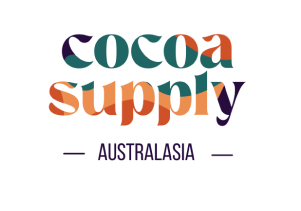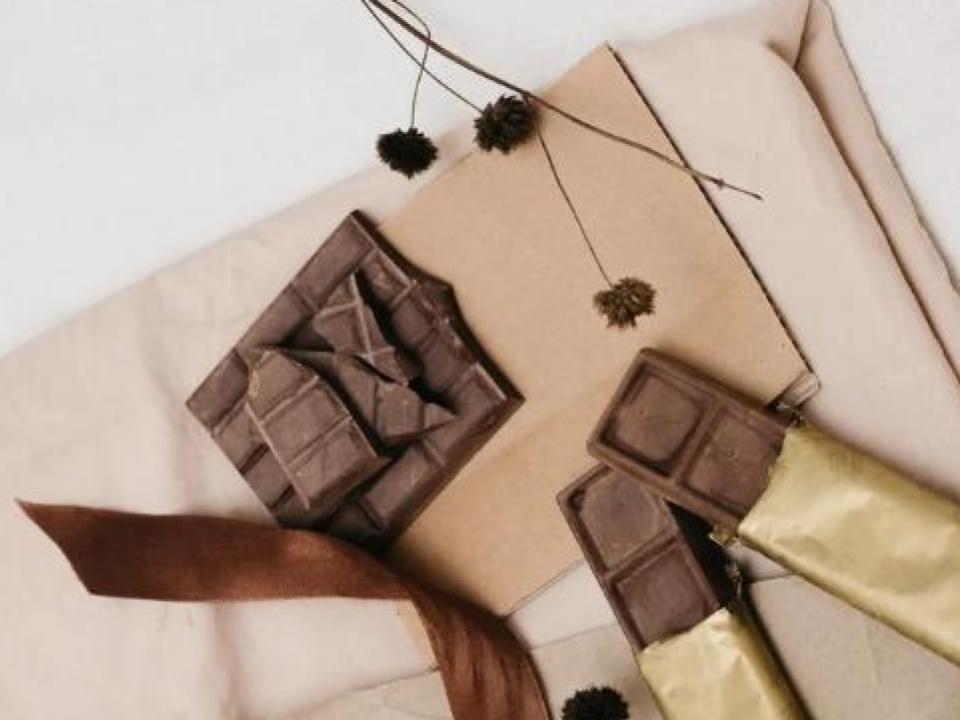Balancing Quality, Aesthetics, and Eco-Friendliness
In the world of craft chocolate, packaging is more than just a wrapper—it's an essential part of the product experience. It protects delicate confections, conveys a brand’s story, and influences purchasing decisions. But as sustainability becomes a priority for both consumers and businesses, the chocolate industry is rethinking packaging solutions. How can chocolate makers reduce waste, maintain product integrity, and still create an appealing brand presence that reflects their identity?
The Shift Toward Sustainable Chocolate Packaging
With environmental concerns growing, consumers are demanding more responsible packaging. Studies show that customers are more likely to support brands that actively reduce waste and carbon footprints. For chocolate makers, this means balancing sustainability with functionality—ensuring packaging protects the product while also aligning with eco-conscious values.
Key Sustainability Trends in Chocolate Packaging:
- Compostable and Biodegradable Wrappers: Plant-based cellophane, seaweed films, and paper-based laminates that reduce landfill waste.
- Minimalist and Zero-Waste Packaging: Recyclable tins and reusable pouches without excessive packaging.
- Recycled and Upcycled Materials: Use of post-consumer recycled paper, cardboard, and even cacao husk-based materials.
- Edible Packaging: Innovations like cacao husk wrappers for a zero-waste experience.
Finding the Right Packaging Materials
Paper-Based Packaging
- Pros: Renewable, recyclable, biodegradable, customizable.
- Cons: Less resistant to moisture and air.
Compostable Films & Bio-Based Plastics
- Pros: Renewable, protective barriers, compostable in the right conditions.
- Cons: Higher cost and dependent on composting infrastructure.
Reusable and Refillable Packaging
- Pros: Waste reduction, premium appearance, reusable containers.
- Cons: High upfront costs and consumer buy-in needed.
How Packaging Affects Chocolate Quality
Chocolate is sensitive to light, humidity, and temperature. Sustainable packaging must offer:
- Moisture resistance
- Barrier protection
- Light blocking
Many brands use inner compostable films or resealable pouches to maintain quality while reducing environmental impact.
Branding & Aesthetics: Sustainable Doesn’t Mean Boring
- Soy-based inks for printing.
- Embossing and debossing to add texture without extra materials.
- Minimalist design for modern, premium presentation.
- Hand-stamped packaging for a personal touch.
Innovations Leading the Future of Chocolate Packaging
1. Upcycling Cacao Byproducts
Using cacao husks to create paper packaging reinforces a zero-waste philosophy and enhances storytelling.
2. Water-Soluble Packaging
Biodegradable wrappers that dissolve in water are being developed to eliminate microplastic waste.
3. Smart Packaging & QR Codes
QR codes reduce printed inserts and enhance transparency by linking to sourcing and sustainability data.
Making the Switch: Steps for Chocolate Brands
- Audit current packaging to assess environmental impact.
- Test new materials for quality and shelf stability.
- Educate customers about composting, reusing, and the brand’s values.
- Partner with suppliers for sustainable materials.
- Start small with limited-edition packaging before scaling up.
Final Thoughts
Sustainable chocolate packaging is becoming the norm. By embracing compostable, refillable, or innovative options, chocolate brands can reduce their environmental footprint and create deeper customer connections. The future of chocolate packaging is smart, responsible, and beautifully designed.
Are you ready to make the switch? Explore sustainable solutions that protect both your chocolate and our planet—only at CocoaSupply.eu.

